Story
How to Plan a Trip: A Travel Blogger's Step-by-Step Guide to Itinerary Planning
tl;dr Learn how to plan the perfect trip with this step-by-step guide. From creating a detailed itinerary to organizing transportation and accommodation, this post will help you craft a seamless travel plan using tools like Exping. Elevate your travel experience with these essential tips.
Have you ever missed out on incredible experiences during your travels due to poor planning? As a seasoned traveler who has transitioned from spontaneous trips to meticulous planning, I know firsthand how a well-thought-out travel plan can transform your travel experience. Today, I'll walk you through how to plan your travel itinerary in detail, helping you create a comprehensive travel plan with ease.
Why is Travel Planning Essential?
When I first started traveling, I enjoyed the spontaneity, believing it would not only save me from the hassles of planning but also allow for unexpected surprises. However, reality often proved otherwise:
-
Attractions you wanted to visit are closed
-
Difficulty finding suitable accommodation at the last minute
-
Poor route planning leading to wasted time in transit
These issues not only affect your travel experience but can also lead to unnecessary expenses. Consequently, I decided to change my approach and ensure thorough preparation before every trip. Now, I want to share my 4-step travel planning method with you, which combines my years of travel experience and will help you quickly and effectively complete your travel plan.
Throughout this process, I will use a handy travel planner called exping, which I discovered through fellow travelers and now consider an essential companion for every trip.
4 Steps to Create Your Perfect Travel Itinerary
Step 1: Choose Your Ideal Destination
Selecting your destination is the first and one of the most critical decisions in your travel planning. Here are key factors to consider when choosing a destination:
Travel Dates & Duration
-
When do you plan to depart?
-
Is the destination in peak or off-peak season during that time?
-
Is it the best time to visit the area?
-
How Long Do You Plan to Travel?
Budget Range
-
Define your overall budget
-
Consider the cost of living at your destination
-
Estimate costs for transportation, accommodation, dining, and activities
Personal Interests
-
Do you prefer natural landscapes or urban culture?
-
Are there specific activities or festivals you want to experience?
-
Is your travel style relaxed or adventurous?
Once you've determined these factors, start researching potential destinations using the following resources:
-
Search engines
-
Social media platforms (such as Instagram, TikTok)
-
Online forums (such as Reddit)
-
Travel websites or blogs (such as TripAdvisor, Lonely Planet)
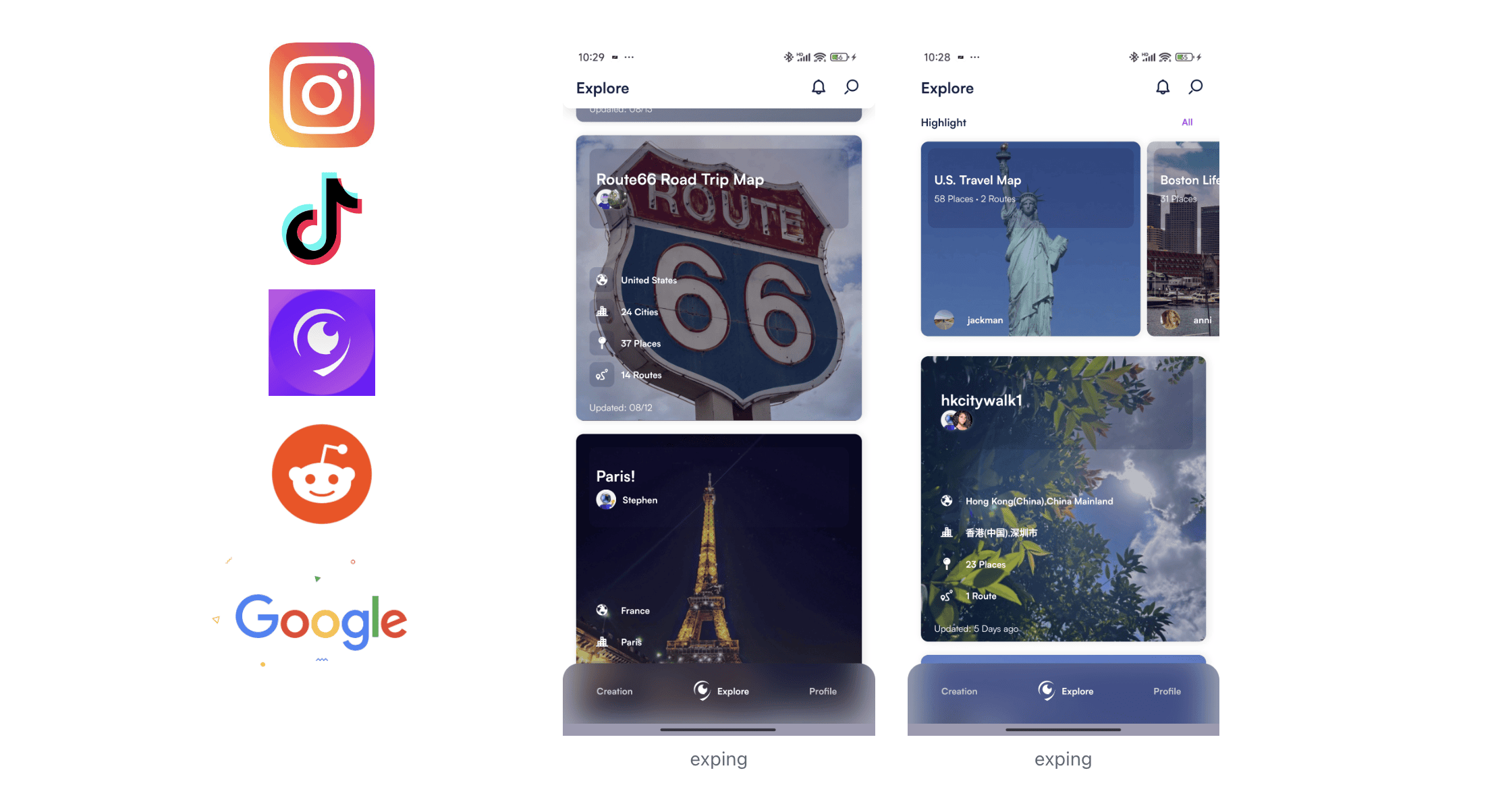
Step 2: Create a Detailed Itinerary
1. Create a List of Locations
Make a list of all the places you want to visit and activities you want to experience, including:
-
Major attractions and landmarks
-
Unique cultural experiences
-
Local cuisine and restaurants
-
Shopping areas
-
Outdoor activities or adventure projects
2. Determine Priorities
Evaluate the importance of each place or activity, considering:
-
Your level of interest
-
Uniqueness or rarity
-
Time constraints (such as opening hours)
-
Geographic location (ease of access)
-
Budget considerations
Categorize your list into "Must-See," "Want to See," and "If Time Permits" categories based on these criteria.
3. Mark Locations on Map
Use exping to create a new map and mark all the places you want to visit. You can also import locations from Exping's favorites or maps shared by other travelers. This will provide a visual distribution of the locations, helping you plan your itinerary more effectively.
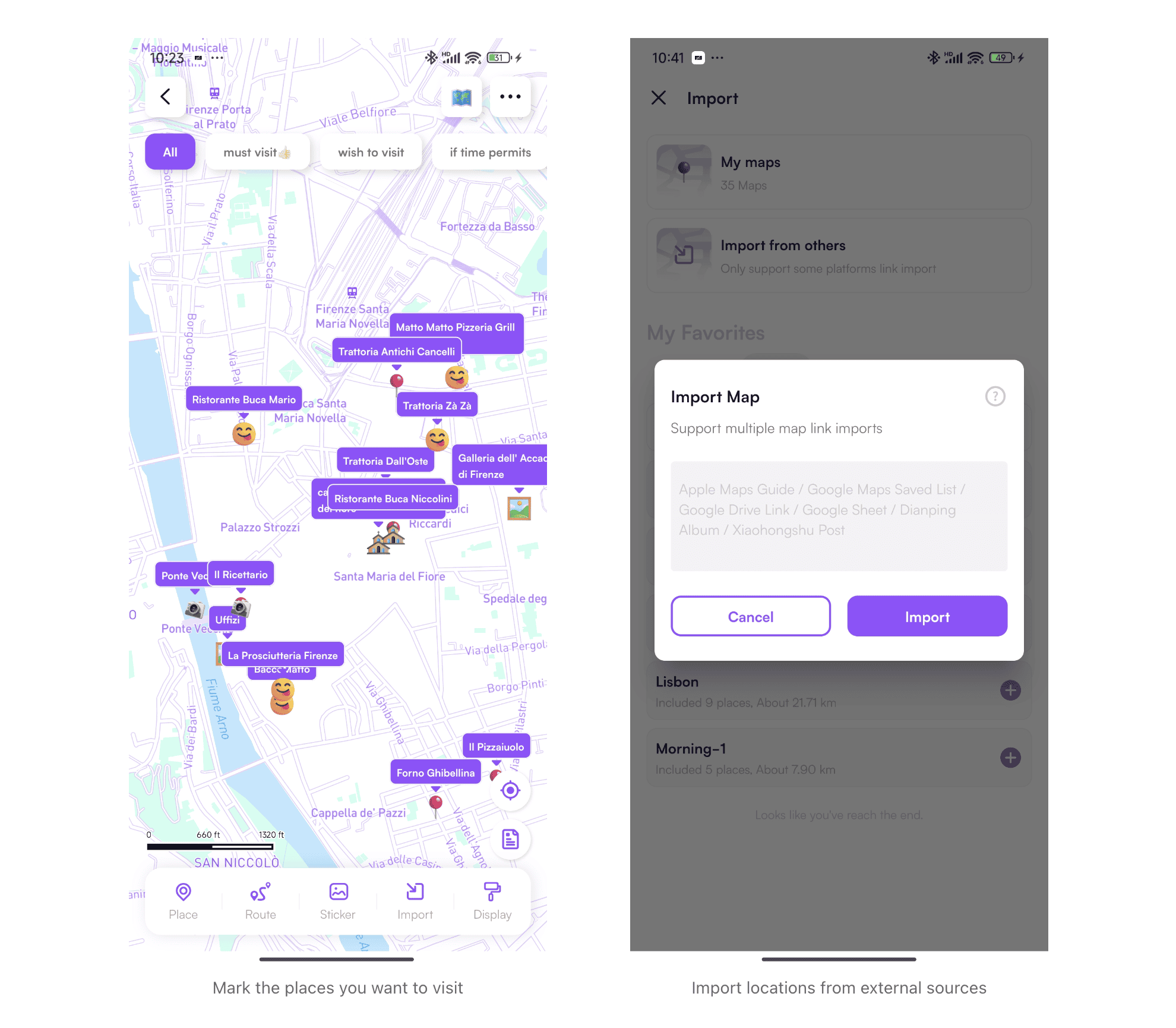
4 Plan Daily Itinerary
Use exping's grouping feature to plan your routes by day:
-
Schedule nearby or same-area locations for the same day
-
Consider the time needed for each visit
-
Calculate travel time and modes of transportation between locations
-
Schedule popular attractions early to avoid crowds
-
Book tickets for attractions in advance
-
Include alternative places (attractions, restaurants) in your itinerary to accommodate changes
-
Schedule a relaxed day for shopping and free exploration after intense sightseeing
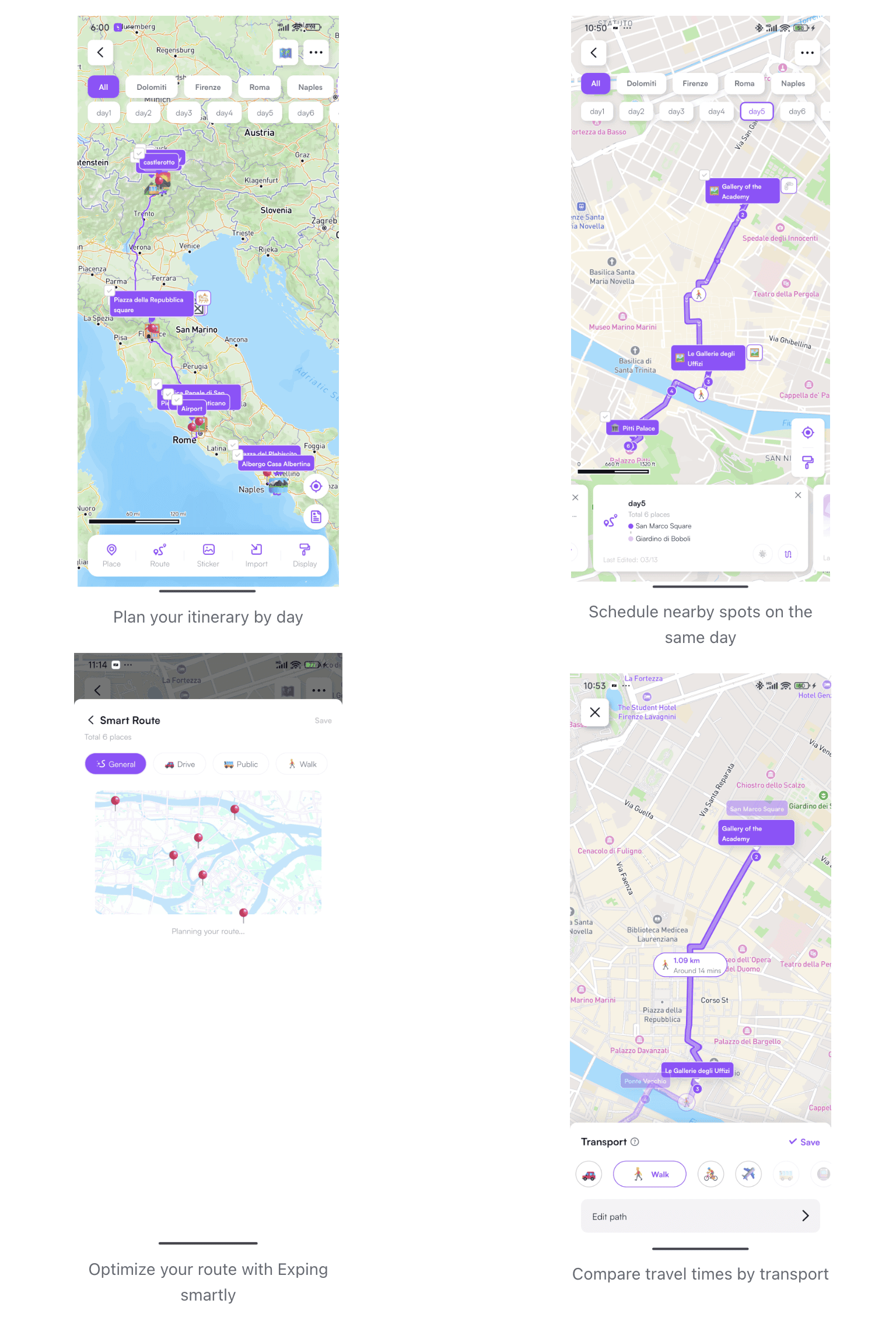
Tips: Record important information about each location in Exping
Such as attraction descriptions, closing times, entry fees, restaurant recommendations, etc. Add ticket booking links and reservation URLs to quick access.
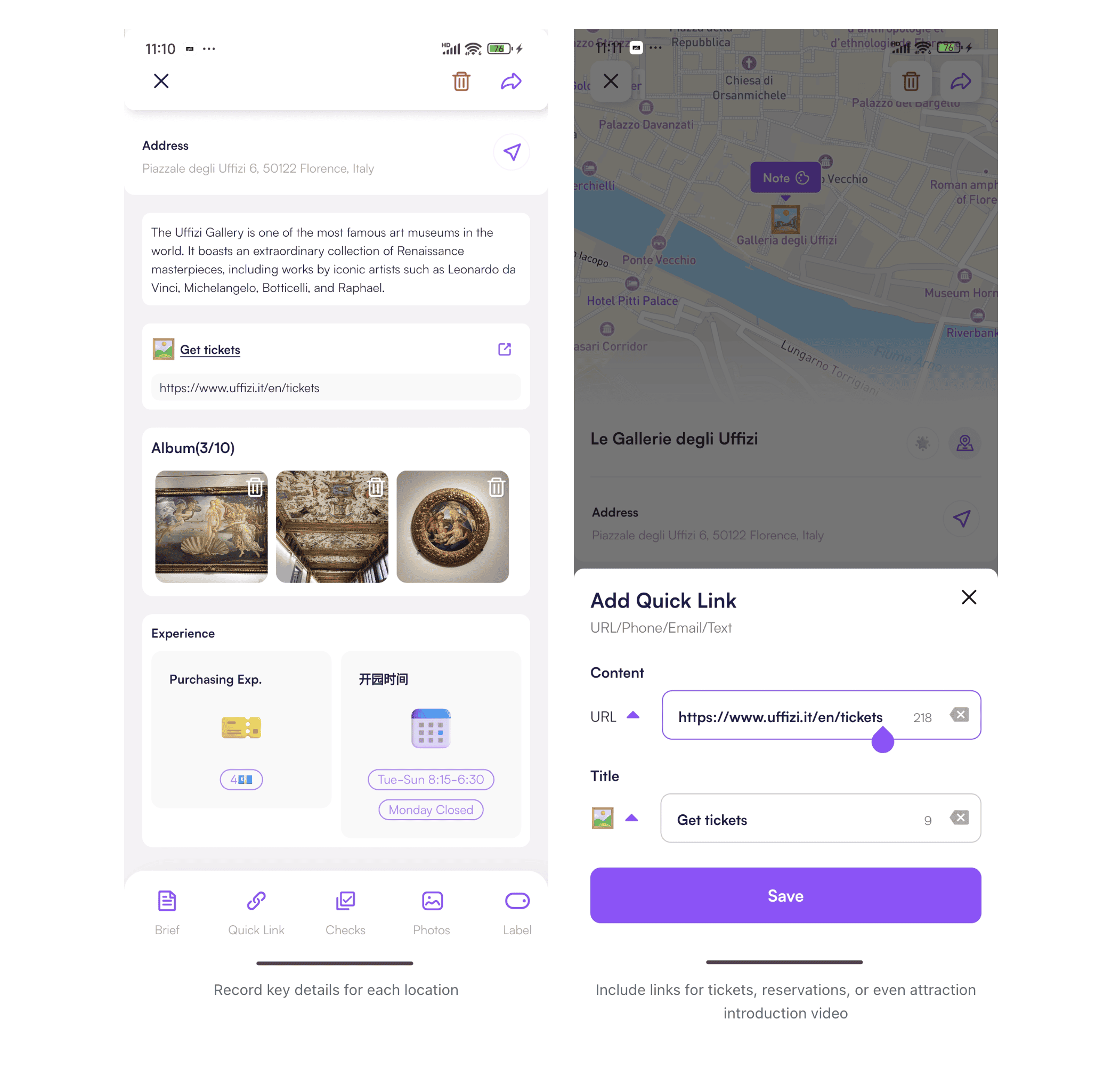
Step 3: Arrange Transportation and Accommodation
Choose Transportation
Select the most suitable mode of transportation based on your budget, distance, and available time:
-
Flights: Ideal for long-distance or international travel
- Use comparison sites like Skyscanner or Kayak for the best prices
- Track flight prices and book in advance for discounts
-
Trains: Suitable for medium to short distances, especially in regions like Europe
- Generally cheaper with scenic views
- Be aware of potential strikes
- Book in advance for possible discounts
Select Accommodation
Choosing the right accommodation can make your trip more comfortable:
-
Choose a location near public transport and planned attractions
-
Preferably stay in the same place to avoid frequent changes
-
Consider check-in times and luggage storage services
-
Choose between hotels, guesthouses, or hostels based on your budget
-
Compare prices and deals using sites like Booking, Hotels, Agoda
-
Read reviews and ratings carefully
-
Pay attention to cancellation policies for potential itinerary changes
Tips: Add your accommodation details to your Exping map for easy navigation
Step 4: Pre-Departure Preparations
Packing List
Prepare a detailed packing list, including:
-
Weather-appropriate clothing
-
Comfortable shoes
-
Personal hygiene items
-
Electronic devices and accessories (chargers, adapters, etc.)
Tips: Use exping to record your packing list
Travel Documents
Carefully check and prepare all necessary travel documents:
-
Valid passport
-
Visa (if required)
-
Flight booking confirmations
-
Accommodation confirmations
-
Travel insurance proof
Make copies of these documents in both paper and digital formats, and store them separately.
Health and Safety Preparation
-
Research health risks at your destination and get vaccinations if necessary
-
Purchase comprehensive travel insurance
-
Learn about the destination's basic laws and cultural norms
-
Prepare a basic first aid kit and common medications
Travel Journal and Summary
After your trip, take some time to review your journey. This will not only enhance your travel planning skills but also create lasting memories.
-
Compare actual itinerary with original plans
-
Summarize budget performance
-
Use exping to create a travel journal and share it with others
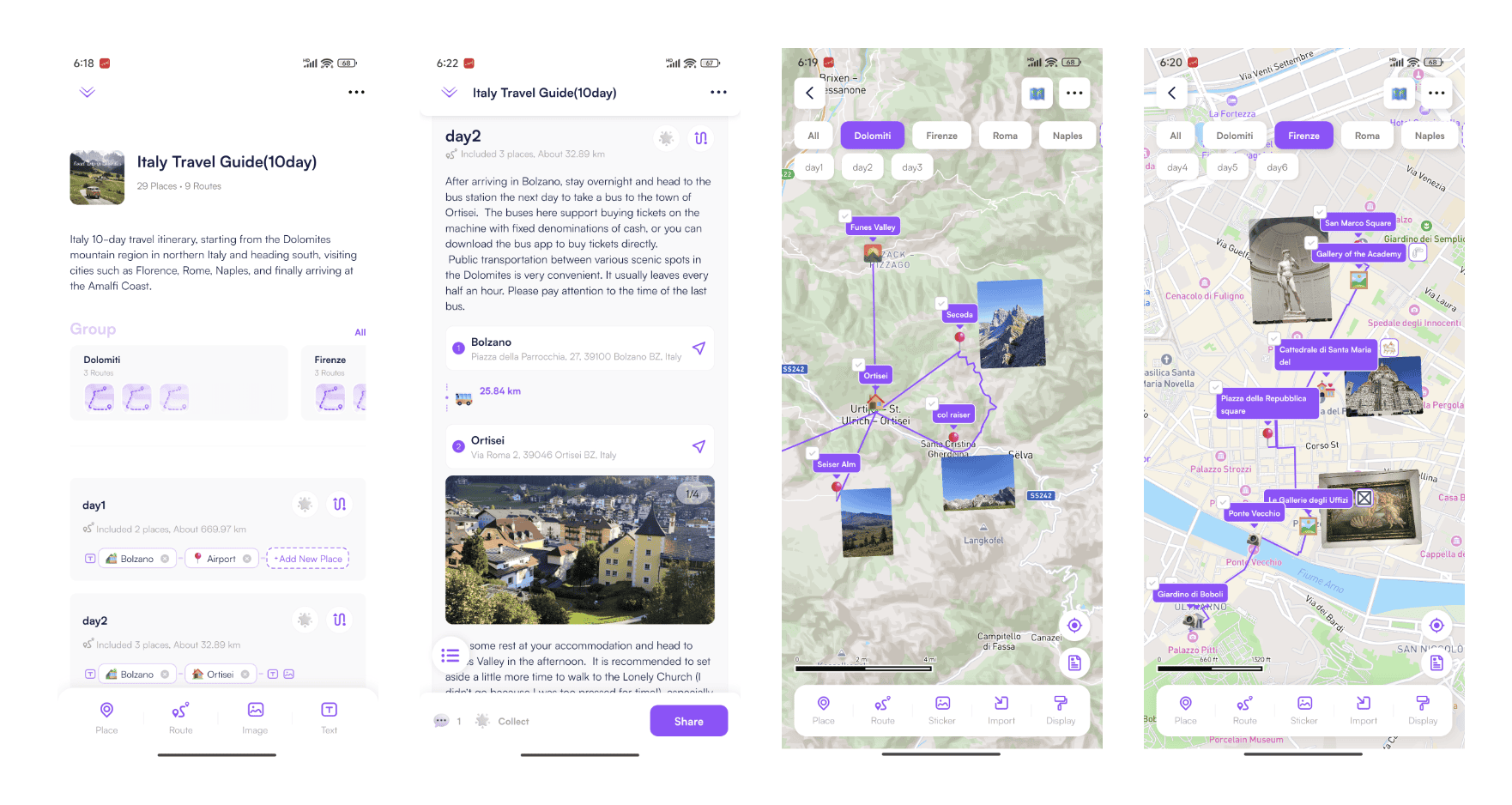
My Italy travel journal has helped many friends and followers who are planning to visit Italy, giving me a great sense of accomplishment. May be you can also use your travel journal to make money—it's a valuable guide based on personal experiences.
Conclusion
Good planning is the foundation of a great trip, but it's also important to stay flexible and embrace the unexpected joys along the way. Now, it's time to start planning your next adventure!
Share

